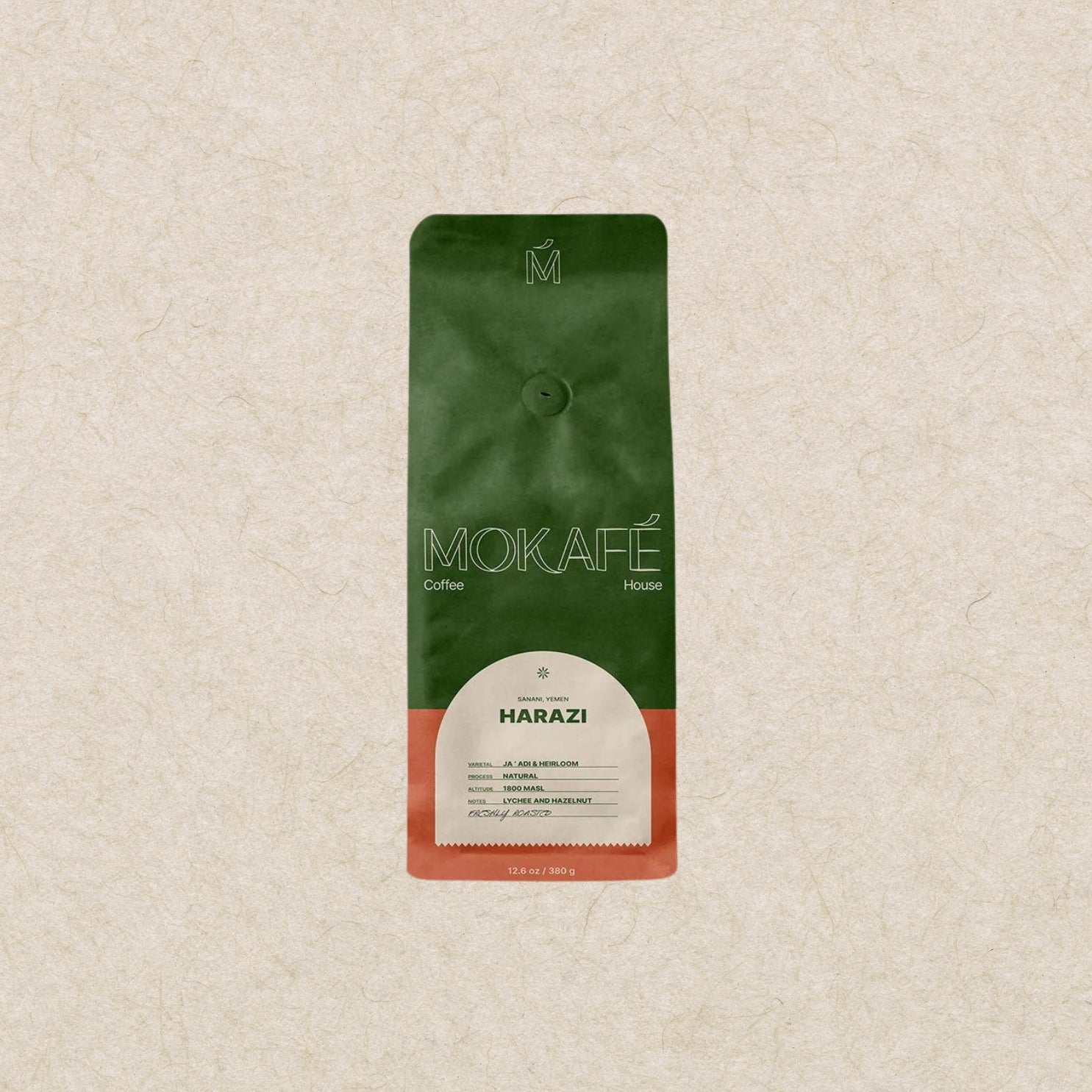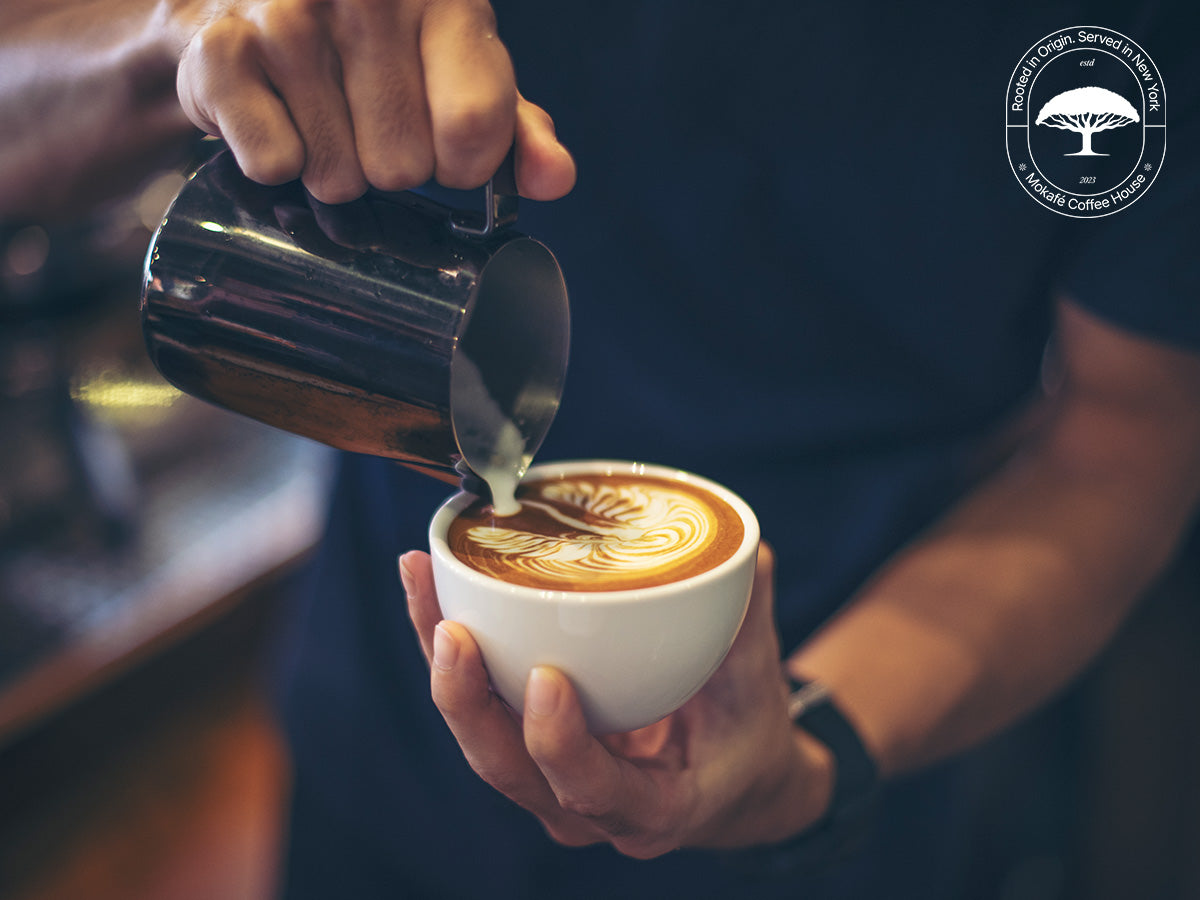For those who love their coffee with milk, nothing beats the satisfaction of that warm cup of Cappuccino cradled in their hands. But have you wondered how this piece of perfection came to be? While the Cappuccino may have gained widespread fame in the United States during the 1980s, its captivating story spans centuries and continents. This iconic beverage, cherished by generations across Italy and Europe, has a history as rich and diverse as its flavor profile. Let's embark on a captivating journey through time and taste, exploring the beloved Cappuccino's origins, evolution, and global allure.
What is Cappuccino?
Contrary to popular belief, the Cappuccino's roots extend far beyond its modern popularity. Coffee connoisseurs have relished this drink for centuries before it became popular in the United States. The Cappuccino emerged as a favorite in Italy and continental Europe, entwining itself with the fabric of cultural traditions and culinary artistry.
The recipe for Cappuccino is an intricate mix of flavors and textures. True to its Italian roots, it encapsulates the essence of
espresso
, steamed milk, and luxurious foam. The true mark of a perfectly crafted cappuccino lies in its precise balance, where each element occupies an equal third of the cup. This meticulous arrangement distinguishes the Cappuccino from its coffee counterparts, allowing the flavor of espresso to stand out while embracing the creamy touch of milk and the lusciousness of foam.
How To Make Cappuccino at Home
Ingredients
- 1 shot of espresso (about 1 ounce)
- 1/3 cup of steamed milk
- 1/3 cup of milk froth
Equipment
- Espresso machine
- Milk frother or steam wand
- Coffee cup
Step-by-Step Content
-
Step - 1
-
Step - 2
-
Step - 3
-
Step - 4
-
Step - 5
-
Step - 6
-
Step - 7
-
Step - 8
1. Prepare the Espresso:
Start by brewing a shot of espresso using an espresso machine. For those who do not have an espresso machine, you can use a Moka pot or a strong cup of coffee as a substitute.
2. Steam the Milk:
Pour the milk into a small pitcher. If your espresso machine has a steam wand, place the steam wand just below the milk's surface and turn on the steam. Hold the pitcher at a slight angle and keep the steam wand near the surface to create a creamy microfoam. Lower the pitcher to maintain the proper angle as the milk heats and expands. Steam the milk until it reaches around 150-160°F (65-70°C).
3. Froth the Milk:
If you're using a milk frother, use it to create a layer of milk froth. The froth should be thick and airy, adding a creamy texture to your Cappuccino.
4. Prepare the Cup:
While the milk is steaming, warm up your coffee cup by filling it with hot water from the espresso machine. This helps keep your Cappuccino hot.
5. Combine the Espresso and Milk:
Empty the hot water from the coffee cup. Pour the shot of espresso into the cup.
6. Add the Steamed Milk:
Slowly pour the steamed milk into the cup, holding back the milk froth with a spoon to allow the milk to pour first.
7. Top with Milk Froth:
Spoon the milk froth over the top of the Cappuccino, creating a thick layer. You can use a spoon to shape the froth or create some latte art if you're feeling adventurous.
8. Serve and Enjoy:
Your classic Cappuccino is now ready to be enjoyed! Sip it slowly to appreciate the balance of rich espresso, creamy steamed milk, and velvety milk foam.
Remember, achieving the right balance between espresso, steamed milk, and milk foam is the key to a great cappuccino. With a bit of practice and the
right coffee
, you can create a delicious cappuccino right in the comfort of your home.
The History Of Cappuccino
The saga of coffee in Europe has been a journey of innovation and transformation. Initially influenced by the Ottoman technique of preparing coffee, which involved boiling water andcoffee beans
with occasional additions of sugar, Europe gradually transitioned to filtering and brewing methods. Boiling coffee eventually gave way to filtered and brewed concoctions. During this dynamic phase, the term "cappuccino" debuted, although its definition differed from the modern interpretation.
The early chapters of the Cappuccino's tale take us to Viennese coffee shops in the 1700s, where it was known as the "Kapuziner." This beverage, described as "coffee with cream and sugar," laid the foundation for the Cappuccino's evolution. Spices were later introduced, adding more complex layers to the drink. Inspired by the Capuchin friars' robes in Vienna, the distinctive brown hue of the Cappuccino lent a visual tribute to its origins. It's worth noting that a similar beverage, the "Franziskaner," graced the coffee scene with its own twist, adding extra milk in homage to the Franciscan monks' lighter attire.
The main transformation of the Cappuccino occurred in Italy, where it acquired its name and identity. Emerging alongside the rise of the espresso machine in the early 1900s, the Cappuccino established its place in coffee culture. The marriage of espresso's robust essence with velvety milk and foam gave birth to the Cappuccino we know today. Espresso machines, though complex and cumbersome by today's standards, graced specialized cafés where
skilled baristas
created this frothy wonder of coffee and milk. The 1930s marked the first recorded instances of the Cappuccino, solidifying its status as a cherished Italian delight.Patrons would spend hours in these cafés, sipping on cappuccinos and other coffee masterpieces while engaging in conversations and reading.
The Global Voyage
Cappuccino soon crossed the Italian shores and was fervently embraced by Continental Europe and the United Kingdom. The drink's unique texture and café culture set it apart, and it soon traversed oceans to reach Australia, South America, and beyond. The 1980s witnessed the Cappuccino's triumphant entry into the United States, thanks to the rise of café culture and the allure of elevated coffee experiences. The Contemporary Charm
Today, Cappuccino is a crowd favorite, and its popularity snowballed in the 1990s, allowing coffee enthusiasts to indulge in expertly crafted cups of coffee at cafés around the world. Global coffee giants contributed to the Cappuccino's proliferation, offering diverse, high-quality options to suit every palate.With MOKAFÉ 's
specialty coffee
, every sip of your Cappuccino becomes a flavor-packed experience. A beverage transcending time and borders, the Cappuccino and MOKAFÉ coffee both are testament to the intricate tapestry of coffee's history, culture, and craftsmanship. With each delightful sip, you become a part of this centuries-old narrative, relishing the culmination of centuries of passion, creativity, and a shared love for the art of coffee.
More recipes from Alvaro Rosales Merida
About The Author: Alvaro Rosales Merida

From Law to Lattes, his childhood passion drove Alvaro, a former law student tethered to a desk for years, to embark on a journey of flavor and purpose. Hailing from
Guatemala
City, he traded the courtroom for a cozy corner by co-founding his Bistro Bar in 2013. Amidst the hustle of kitchen clinks and table talks, Alvaro's love affair with coffee deepened. He immersed himself in the world of beans, learning from baristas, friends, and local producers. In 2020, Alvaro brought a bakery to life in his hometown combining his two loves: coffee and community. A bold move to the dream city NYC in 2020 with his specialty coffee project, he champions the cause of transparency, fair trade, and support for his country's small coffee producers.




